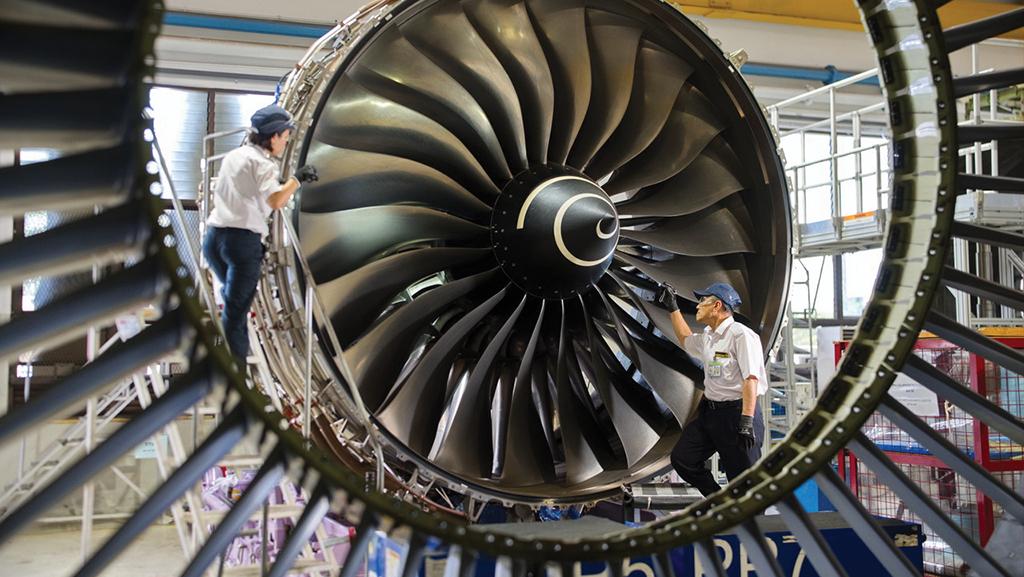
SIAEC group of companies have both CFM-Leap and Pratt & Whitney GTF engine capabilities.
Credit: SIAEC
Singapore’s rapid border reopening and the operational readiness of flag carrier Singapore Airlines have helped the country and its air transport industry bounce back from the depth of the COVID-19 pandemic. In the first half of 2024, passenger traffic at Changi Airport hit nearly 100% of 2019...
SIAEC Eyes AI And Asia-Pacific Growth Opportunities is part of our Aviation Week & Space Technology - Inside MRO and AWIN subscriptions.
Subscribe now to read this content, plus receive full coverage of what's next in technology from the experts trusted by the commercial aircraft MRO community.
Already a subscriber to AWST or an AWIN customer? Log in with your existing email and password.





